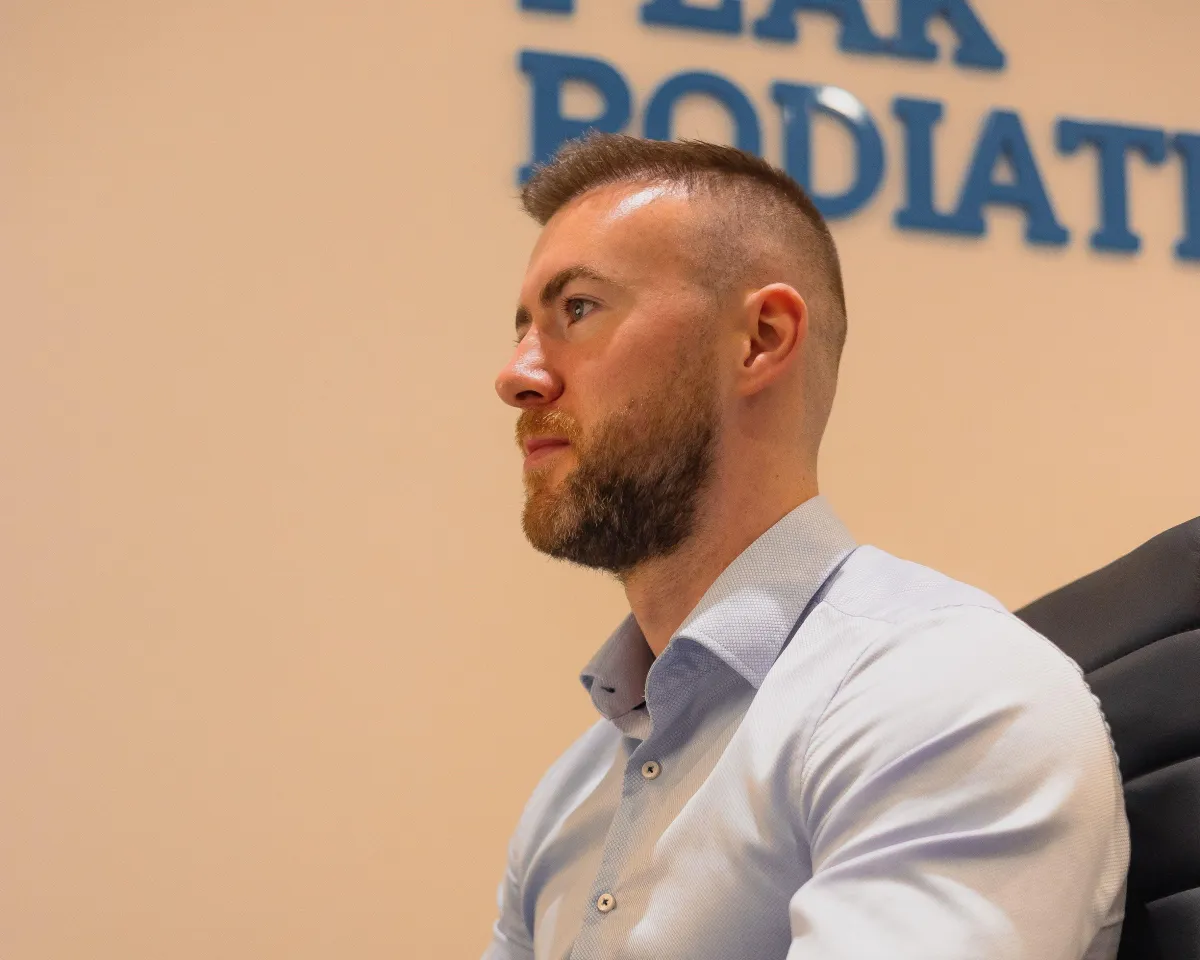
Your Guide to Understanding and Treating Bunions
The topic for today's blog is one of the most prevalent foot deformities - bunions!
A bunion is a deformity in the big toe joint, where the top of the big toe deviates away from the midline of the body. This pushes the big toe out over the smaller toes, and leaves a boney lump on the inside of the affected big toe.
As I said, bunions are common, infact one study found that 36% of their sample population had bunions. That's a lot of bunions. Just because they are common, doesn't make them any less of a nuisance for those of us who are unlucky enough to have them.
Causes of bunions are usually genetic, although narrow footwear, injury or comorbidities (like rheumatoid arthritis) may make someone more likely to develop this deformity.
You will notice that 3 of the 4 causes listed are something you usually have minimal control over, meaning little can be done to prevent the formation of a bunion.
Having referred to bunions as a 'deformity' and 'boney lumps', the next question is raised - How does having a bunion affect me?
Bunions can range from completely symptomless, to patients experiencing serious pain. Bunions (if painful) usually feel like a dull ache around the big joint and it is generally brought on by narrow or heeled footwear or increased activity.
Seeing as the big toe overrides into the lesser toes, it is possible to develop ligamentous and muscular issues in the smaller toes if bunions are not appropriately dealt with in time.
And it doesn't stop there... Bunions can impact the way you walk without you realising, causing you to overwork other structures in your lower leg and foot.
This abnormal overuse can lead to injury and pain which will only continue to worsen as you alter your gait to relieve more severe and widespread symptoms.
Pain in the bunion, or caused by the bunion can be treated by podiatrists (foot experts). It is important to note however that the only way to correct the visual deformity is by surgery.
Surgery is often successful, however we also encounter cases where surgery doesn't go as planned and patients end up in more pain and discomfort than before.
That is why it is always best to treat conservatively first before jumping under the knife, and here at Peak Podiatry we have hundreds of patient success stories.
Bunions can be diagnosed purely by visual examination with a trained eye.
It takes an expert in foot and lower limb health to diagnose, slow progression and cure the pain caused by pesky bunions, and at Peak Podiatry we have just that!
Our podiatrists encounter bunions daily so are equipped to give you the best advice and conservative treatment plan for your particular presentation.
There is no need to suffer when help is available!
Call today on 091734140 to secure your spot with one of our team, or book online at peakpodiatry.ie
Ask Robert And His Team
Fill in the form to request a Call From Our Team
Fill in the form to request a Call From Our Team
One of our team will call you for FREE and answer any questions or concerns you may have about your Foot Pain.
One of our team will call you for FREE and answer any questions or concerns you may have about your Foot Pain.
© Copyright 2022. Peak Podiatry All rights reserved.






